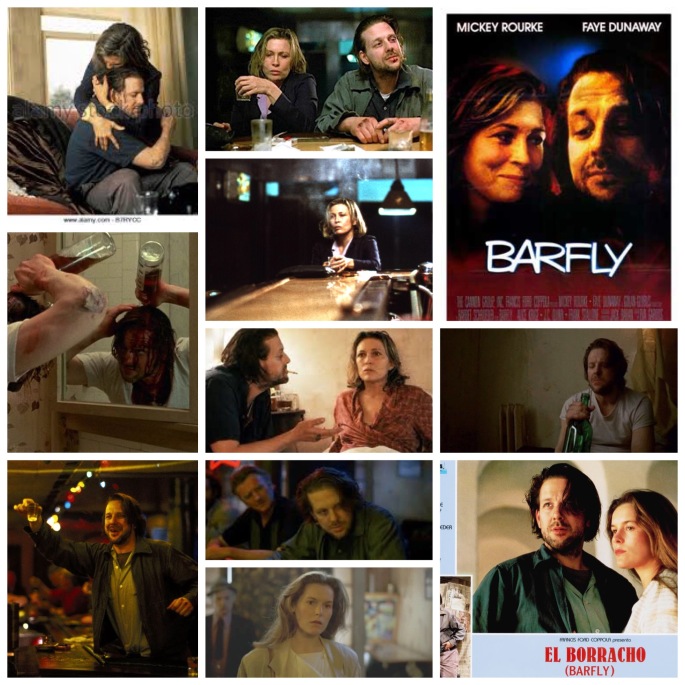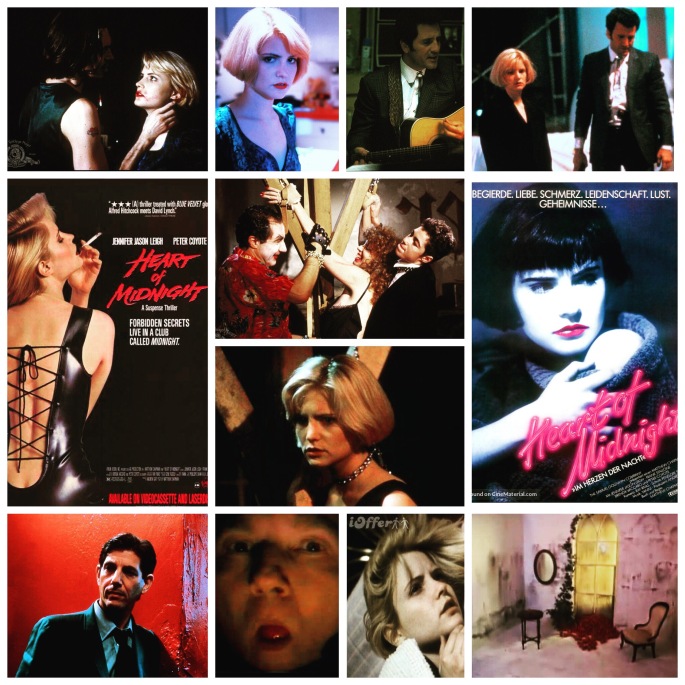
As far as the remaking of cult classics, Stephen Kay’s Get Carter is a piss poor effort, so much so that not even a positively stacked cast could do much of anything about it. The original saw fearsome bulldog Michael Caine getting shotgun fuelled revenge and has since become iconic, while this one switches up rainy Britain for rainy Seattle and a sedated Sylvester Stallone in a shiny suit takes over as Carter, a mob enforcer who hails from Vegas but has travelled north both to escape scandal and look into a shady family matter. There he finds all sorts of characters played by a troupe of big names, character actors and even Caine himself in an extended cameo as a bar owner, but it all feels lazy, listless and flung about like a ball of yarn full of loose plot threads and scenes that fizzle. It’s obvious that there were major editing problems here as the pacing is in conniptions and an entire subplot involving a love interest back in Vegas (Gretchen Mol) has been slashed to ribbons. So sloppy was the final product that my college acting teacher, who landed the role of Carter’s gangster boss back in Vegas, although mentioned brazenly in the opening credits, can only be seen briefly from the neck down and heard on the phone, except for whatever reason they decided to dub his voice over with an uncredited Tom Sizemore, which is just so bizarre. Anywho, Stallone sleepwalks his way through a local conspiracy involving his dead brother, the widow (Rachel Leigh Cook), a mysterious femme fatale (Rhona Mitra), a weaselly computer tycoon (Alan Cumming) a sleazy pimp/porn baron (Mickey Rourke) and more. It’s just all so terminally boring though, and none of the clues or twists spring to life or feel organic at all. Rourke provides some of the only life the film has to offer as the villain, a guttural scumbag who has two painful looking nightclub boxing beatdowns with Stallone which are fun. John C. McGinley raises the pulse somewhat as a lively Vegas thug dispatched by Sizemore’s voice to bring Stallone back to face the music. Others show up including Miranda Richardson, Mark Boone Jr., John Cassini, Johnny Strong, Frank Stallone, Tyler Labine and more. None of it amounts to much though and by the time the anticlimactic plot resolutions arrive and Carter jumps a red eye back to Vegas before the credits roll, you wonder what the point of it all was and want your hour and forty minutes back. A thorough bummer.
-Nate Hill



